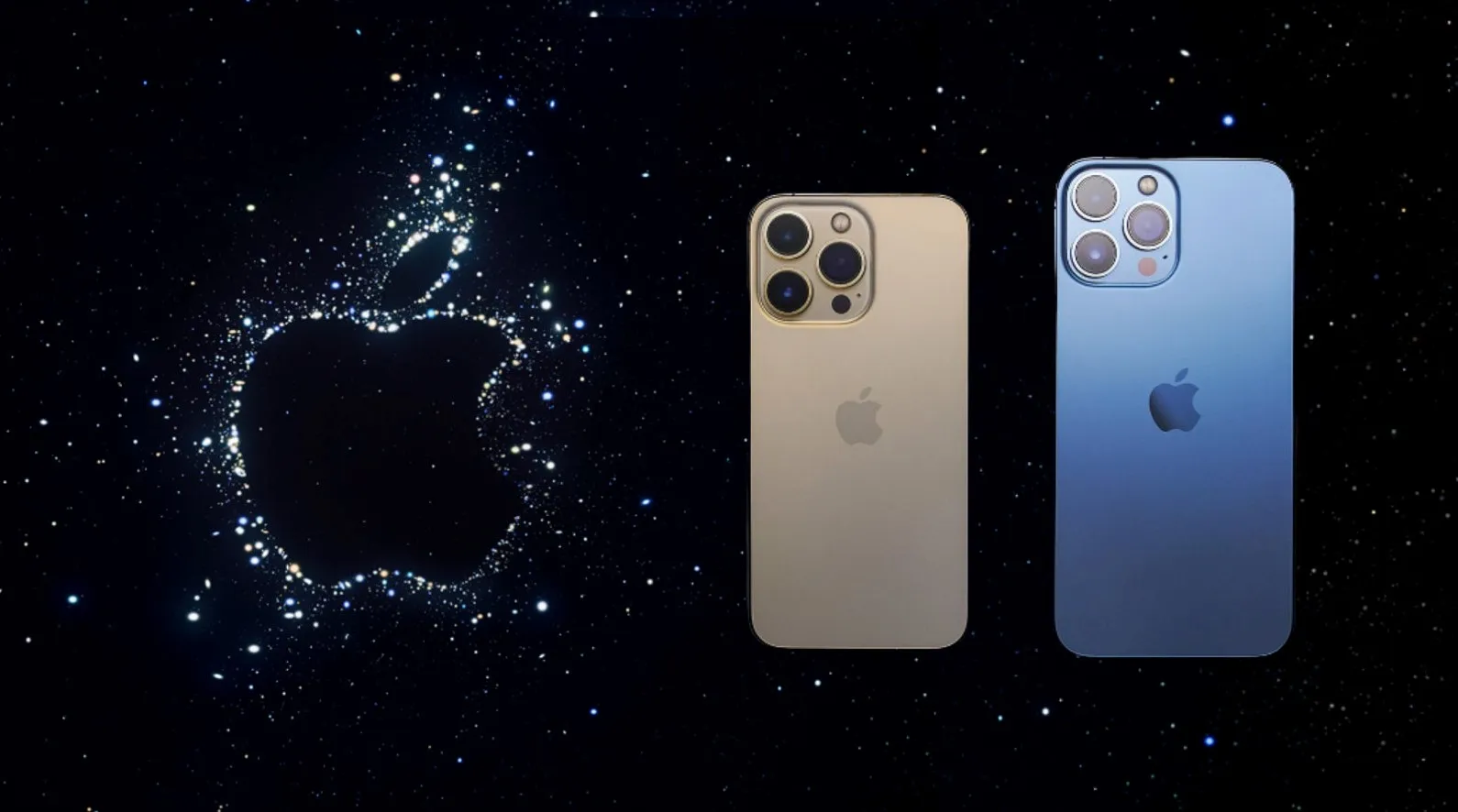The following article will explain where your downloads are stored on your iPhone. We will show you how to locate your downloads and access them from any app. Read on to find out more.
Table of Contents
Introduction:
There is a lot of information about using the app store for marketing and I have read a lot about it. But I have never read anything about what happens to the downloads. So I wanted to find out for myself. I wanted to see if it was possible to track the number of downloads and find out what happened to them.
Where Do Downloads Go On iPhone?
There are several ways in which your iPhone stores downloaded files, but the most common method is to store them within the app that you downloaded them from.
Example
- Images downloaded from the Safari browser are saved in the Photos application.
- The PDF you download will be saved in the iBooks app if you do so through the app.
Exceptions
A few exceptions do exist, however.
Example
- Downloaded music files will be stored in the Music app.
- Additionally, files that are downloaded through the Files application will be stored within the Files application.
The answer to the question of where your iPhone downloads go is that it varies according to the application.
Decoding a download on an iPhone
The following steps will guide you in decoding a download on your iPhone:
- Start by opening the Settings app and selecting the ‘General’ tab.
- After selecting ‘About’, select ‘Storage & iCloud Usage’ from the list.
- In this section, you will be able to view all of the apps on your device that are taking up space. Choose the ‘Downloads’ option to view all of the files that have been downloaded.
- You can then select ‘Decode’ after tapping on the file you want to decode.
Using a popular iPhone file manager
iFunBox, iExplorer, and DiskAid are among the more popular iPhone file managers available today.
There are several file managers available for iPhone, iPad, and iPod touch that allow you to easily transfer files from one device to another. They also offer unique features that make each of them unique.
1.iFunBox
File managers offered by iFunBox offer a simple and easy-to-use interface and some unique features, such as the capability to install apps directly from your computer to your iOS device, making it a great choice for those seeking a simple but powerful file manager.
2.iExplorer
Among the many features offered by iExplorer, there are also features for accessing the iOS file system, viewing and editing files, as well as creating backups. You can also listen to music or watch videos stored on your device using its built-in media player.
3.DiskAid
This file manager offers a range of features, such as transferring files between your computer and iOS device, viewing and editing files, and even making backups of your device.
Additionally, it is equipped with a built-in media player, which makes it easy for you to listen to music and watch videos stored on your computer.
Despite this, they all have unique features that make them stand out. So, regardless of whether you prefer a simple and easy-to-use file manager or one with several advanced features, there is sure to be one that meets your needs.
Backing up files on the iPhone
There are several different methods available for transferring files on the iPhone. The iPhone is an excellent device for storing and accessing important files on the go. It is important, however, to back up these files regularly to avoid data loss.
1.iCloud
It is possible to back up your files automatically by using iCloud, a service that backs up all your files to the cloud automatically. iCloud is a great option for people who wish to have their files backed up automatically and be able to access them from any device.
2.iTunes
It is also possible to use iTunes to back up files from your iPhone to your computer. This is an excellent option for individuals who desire to have a physical copy of their backups.
3.Third-party Cloud storage
As a final option, you can also back up your files to third-party cloud storage services. These services typically offer a greater number of features and offer more flexibility than iCloud, however they may be more expensive.
Conclusion
The iPhone can be a great way to store all of your information, however, it is sometimes difficult to figure out where everything goes. When you have a new app, picture, video, or document that you wish to save on your phone, where do you go? Getting this answer right is a bit more complicated than you might think, so we have put together a guide to help you understand where downloads are stored on your iPhone. Thank you for reading.

